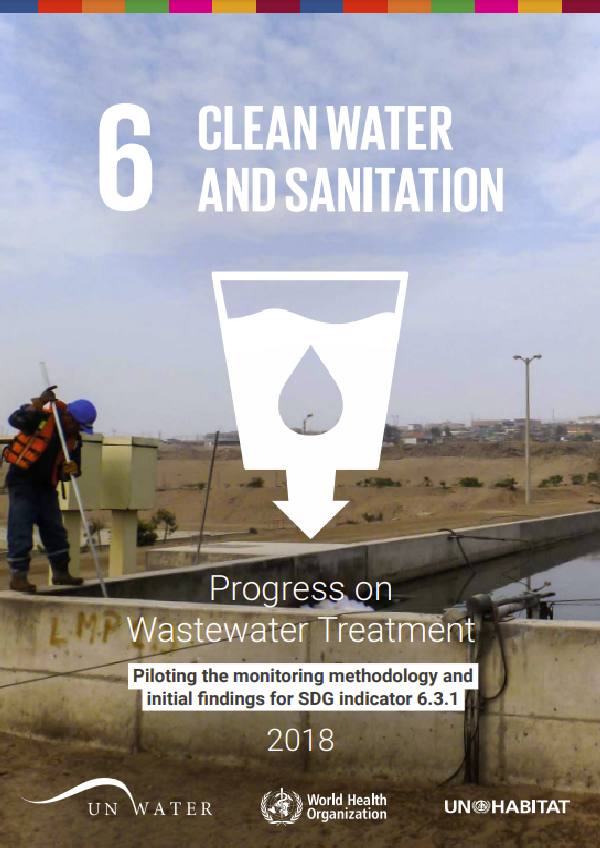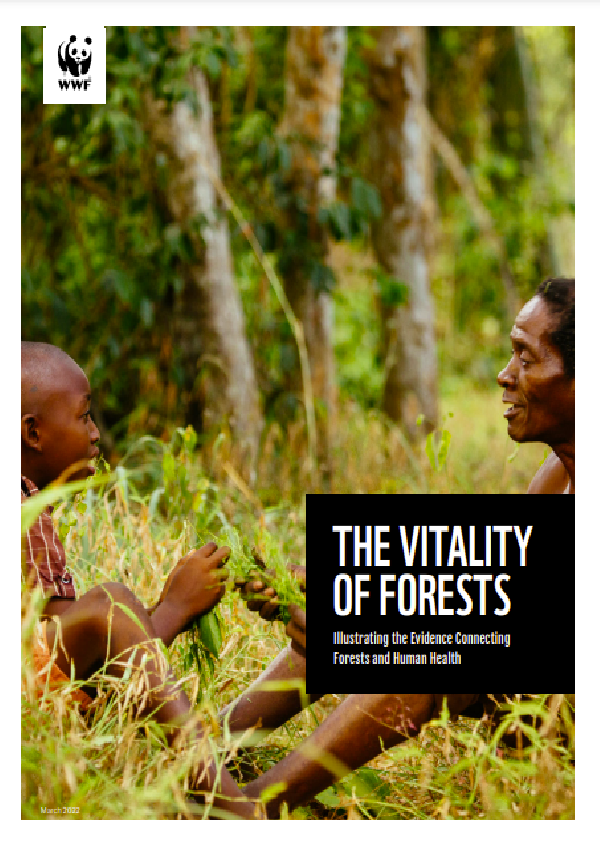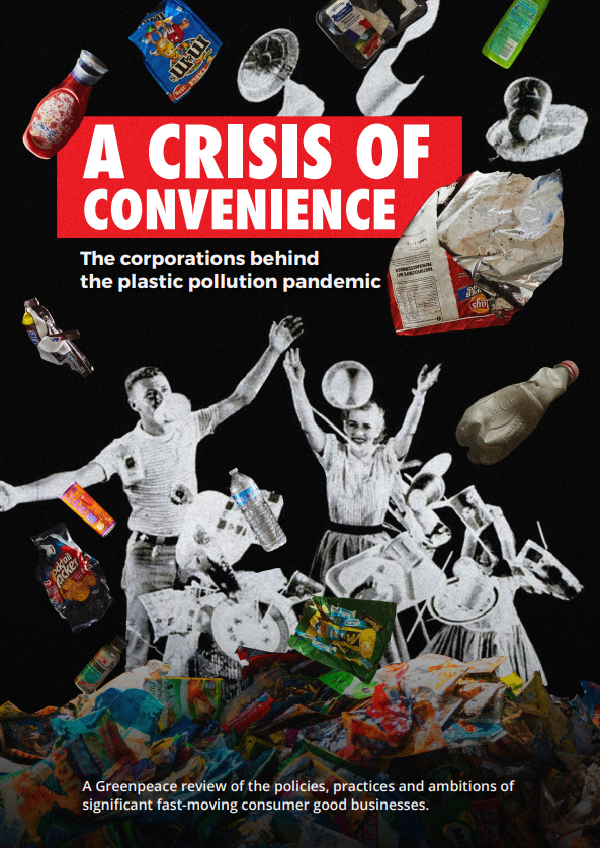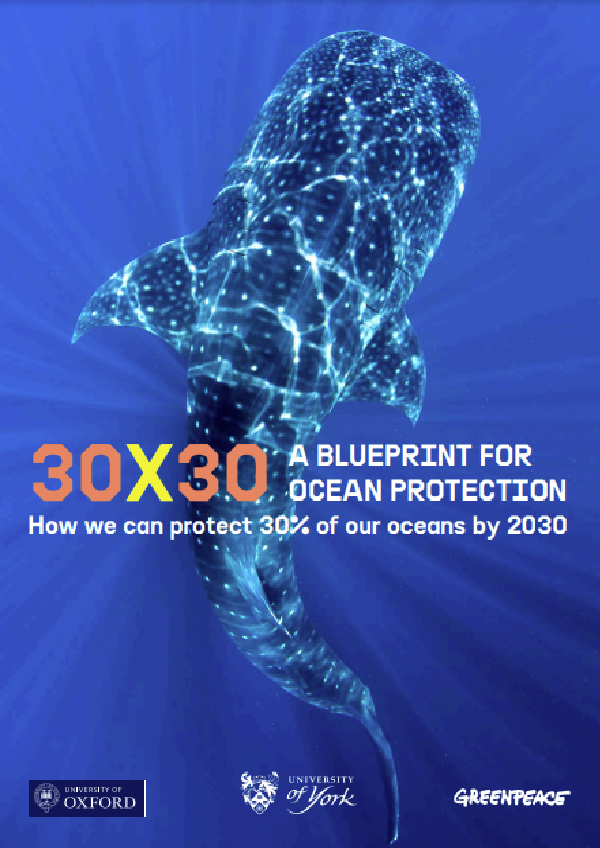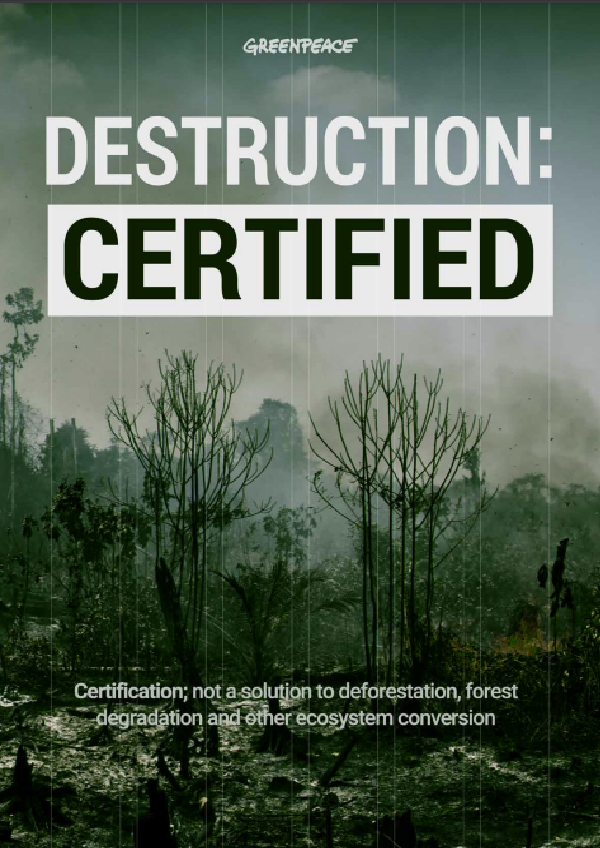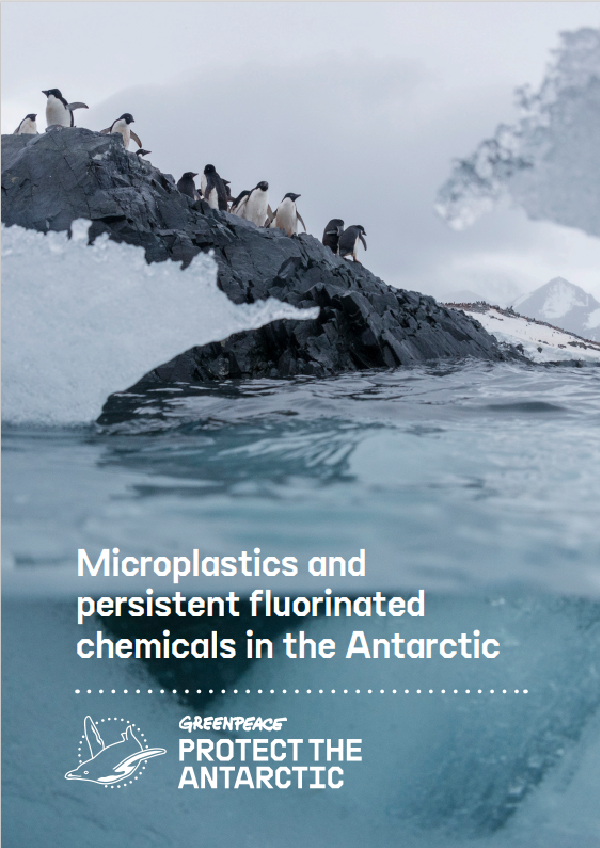The SDG6.3.1 indicator report on “proportion of wastewater safely treated” describes the monitoring methodology developed and tested in consultation with wastewater experts, national sector experts, and statistical authorities and harmonized with the International Recommendations for Water Statistics and established regional monitoring mechanisms.
Wastewater is water generated after the use of freshwater, raw water, drinking water, or saline water in a variety of deliberate applications or processes. Another definition of wastewater is “Used water from any combination of domestic, industrial, commercial or agricultural activities, surface runoff/storm water, and any sewer inflow or sewer infiltration“.
The report also presents preliminary estimates for domestic wastewater for 79 mostly high- and middle-income countries and includes supplementary data on safe use of wastewater. Separate files can be downloaded for each country showing data sources, methods and assumptions applied to generate estimates.
Methodology development and testing
The monitoring methodology for indicator 6.3.1 was developed and tested in consultation with wastewater experts, national sector experts and statistical authorities, and harmonized with the International Recommendations for Water Statistics (UN DESA, 2012) and established regional monitoring mechanisms.
Preliminary data
Preliminary estimates for domestic wastewater (6.3.1a) have been made for 79 mostly high- and middle-income countries, excluding much of Asia and Africa. Among these countries:
- 71 per cent of domestic wastewater flow is collected in sewers, 9 per cent is collected in on-site facilities and the remaining 20 per cent is not collected.
- 59 per cent of domestic wastewater flow is collected and safely treated. The untreated 41 per cent poses risks to the environment and public health.
- 76 per cent of domestic wastewater flow collected in sewers is safely treated.
- 18 per cent of domestic wastewater flow collected in septic tanks is safely treated.
Analysis for indicator 6.2.1 shows that worldwide, the number of households connected to sewers and to onsite systems such as septic tanks and pit latrines is approximately equal.
Estimates should be considered as upper limits because data are skewed towards higher-income countries, and because of assumptions applied where there are data gaps on treatment performance, drainage and sewer overflows.
There are insufficient data available to estimate treatment of industrial wastewater that flows (6.3.1b) into sewers and directly into the environment. Data on industrial discharges are poorly monitored and seldom aggregated at the national level.
Towards complete reporting on safe treatment and use of wastewater
Comprehensive reporting on indicator 6.3.1 is impeded by major data gaps relating to on-site treatment of domestic wastewater and permit records for industrial discharges. Disaggregation of pollution load by source according to households, services and industry (which can be further disaggregated by International Standard Industrial Classification (ISIC) codes) will assist in identifying heavy polluters and consequently, in applying the “polluter pays” principle to improve treatment. An additional indicator, on wastewater reuse, would respond to the full intent of indicator 6.3.1 and would inform target 6.4 on water scarcity.
Conclusion and next steps
The health of tens of millions of people is at risk from polluted surface waters. Managing wastewater by increasing wastewater collection and treatment (on-site and off-site) can help achieve the 2030 Agenda for Sustainable Development.
Political will is needed to regulate and enforce pollution control measures. Decision makers need to be better informed of pollution sources, levels of wastewater treatment and water quality to be able to prioritize investments that can best contribute to achieving target 6.3. SDG reporting can motivate countries to aggregate existing, subnational, wastewater data and publicly report it at the national level.
Performance monitoring of on-site and off-site wastewater treatment systems needs to be routinely implemented and permits for industrial discharges need to be enforced. Countries without national or local monitoring systems and standards should develop them, and developing local and national data leadership skills will play a significant role in improving monitoring mechanisms.
Choosing the most appropriate type of wastewater treatment system is site-specific, and as such, countries need to build the capacity to assess and select treatment technologies. Developing strategies for supporting informal service providers to formalize their services will improve service quality and increase the volume and quality of treatment.
Wastewater should be considered a sustainable source of water, energy, nutrients, and other recoverable by-products. A coordinated and pragmatic policy environment bringing together industry, utilities, health, agriculture and the environment is needed to promote innovative safe recycling and reuse of wastewater (WWAP, 2017).
